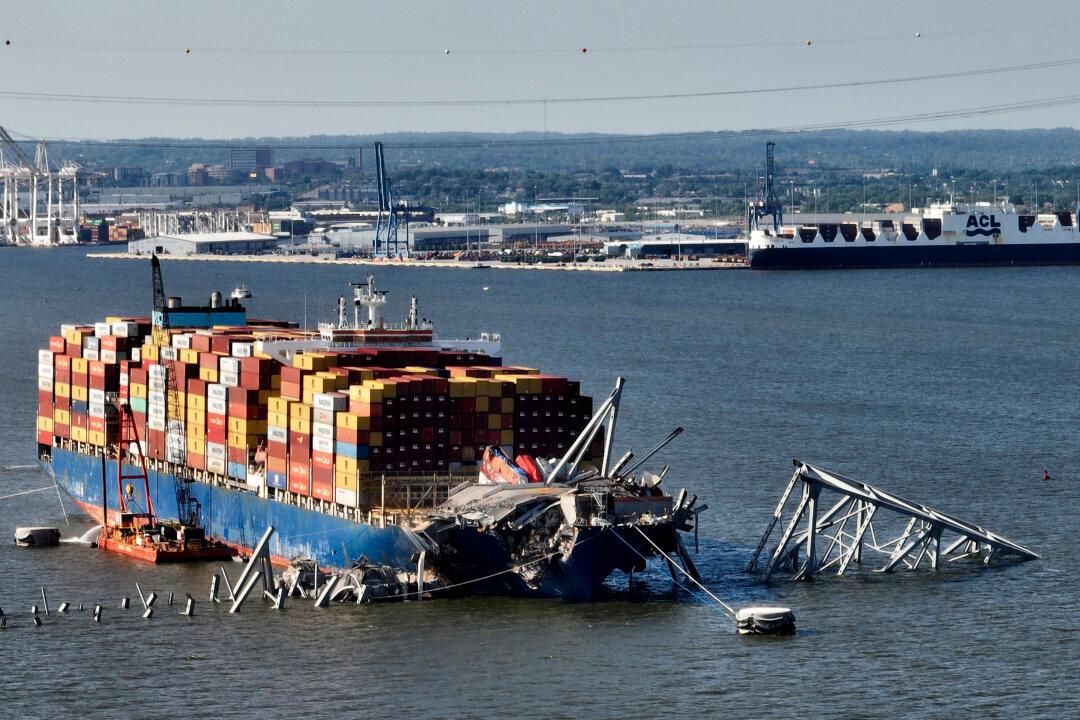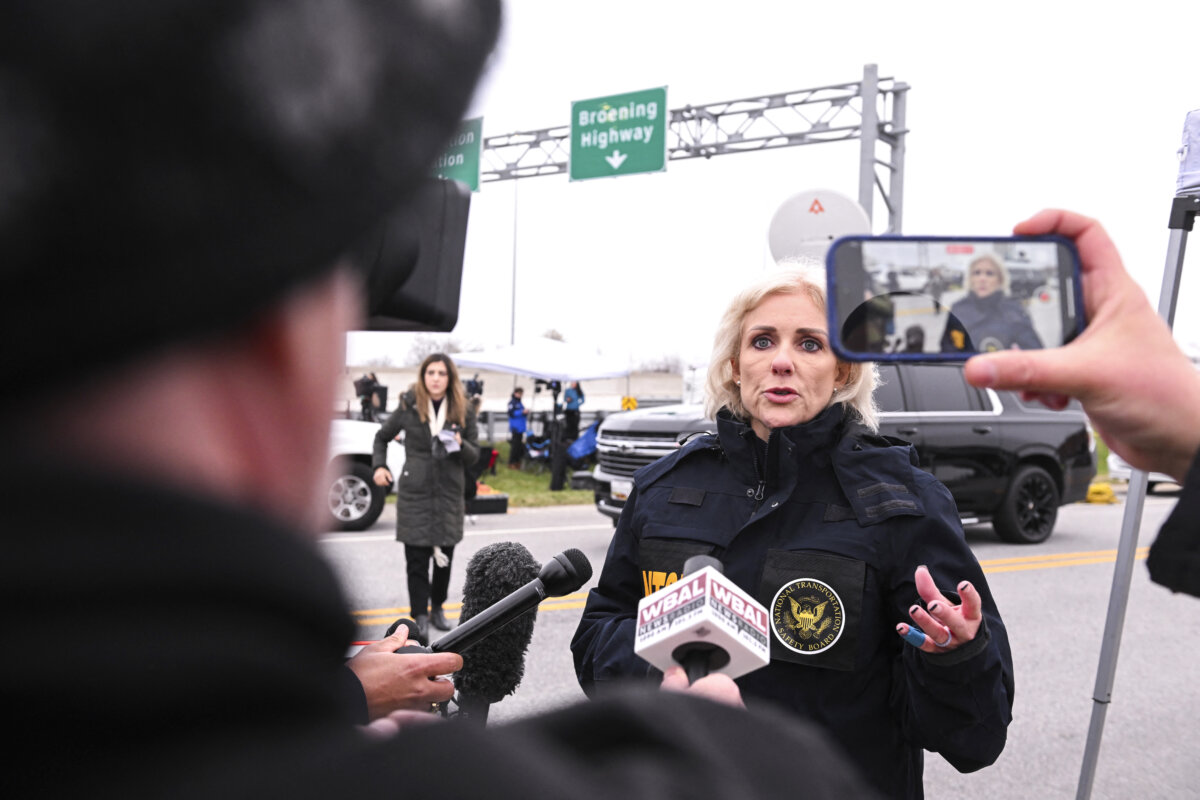The recovery efforts at Baltimore Harbor continue amidst two simultaneous endeavors – one immediate and focused on the urgent clearance of debris from the collapsed Francis Scott Key Bridge, while the other is a slow-moving process unfolding in Congress that may take years to resolve. Estimates indicate that it will cost between $1.2 billion and $2 billion to compensate American taxpayers for this disaster, with progress being made in removing debris from the massive containership pinned 30 feet deep into the riverbed since March 26.

As of May 13th, more than 180 of the ship’s 4,700 containers have been removed, and controlled explosions were conducted on the truss that had fallen onto the containership. The Coast Guard has spent approximately $20 million on this effort, with the total expenditure expected to rise. Meanwhile, the Army Corps has spent $37 million on recovery efforts in Baltimore Harbor, reappropriating about $33 million from other projects to fund these endeavors.
In an attempt to expedite the process, Maryland applied for funding through the Federal Highway Administration’s (FHWA) Emergency Relief Program and received an initial $60 million – roughly 5% of the initial $1.2 billion recovery estimate. Under this program, the federal government reimburses states at 100% for the first 70 days after approving an emergency application, with a reduction in reimbursement rates afterward. The proposed legislation would eliminate the federal cost-share requirements for the emergency disaster-damaged highways and bridges fund, which currently has approximately $870 million and $3.7 billion in unmet needs.
While this may seem like a positive step, Rep. Rick Crawford (R-Ark.) questioned the need for such certainty so early in the effort, arguing that it’s crucial to have a very firm estimate before taking any further action. In addition to these monetary concerns, safety and operational issues are also being investigated by the National Transportation Safety Board (NTSB. The investigation into the low-sulfur oil fuel used by the Dali since March 21st has not identified any problems with samples taken from the ship. However, there is still a significant amount of uncertainty surrounding the configuration of breakers, which may have affected operations during the accident voyage.
As these investigations continue, it’s important to remember that every day the bridge isn’t there imposes costs on the community – traffic accidents on area road networks have increased by 29%, and alternate routes are adding two to four hours to some locals’ daily drive times. This not only affects truck deliveries but also impacts commuters trying to get to their jobs or home to their families, leading to increased air pollution and wasted fuel consumption.
In conclusion, while progress is being made on both the immediate debris clearance efforts at Baltimore Harbor and the ongoing investigation into what caused the disaster, there remains much work to be done before American taxpayers can have confidence that they will not bear an undue financial burden as a result of this tragedy. With Congress still having several months to act before any changes in cost-sharing might occur, it is essential for all parties involved to maintain focus on ensuring a safe and efficient recovery process.


